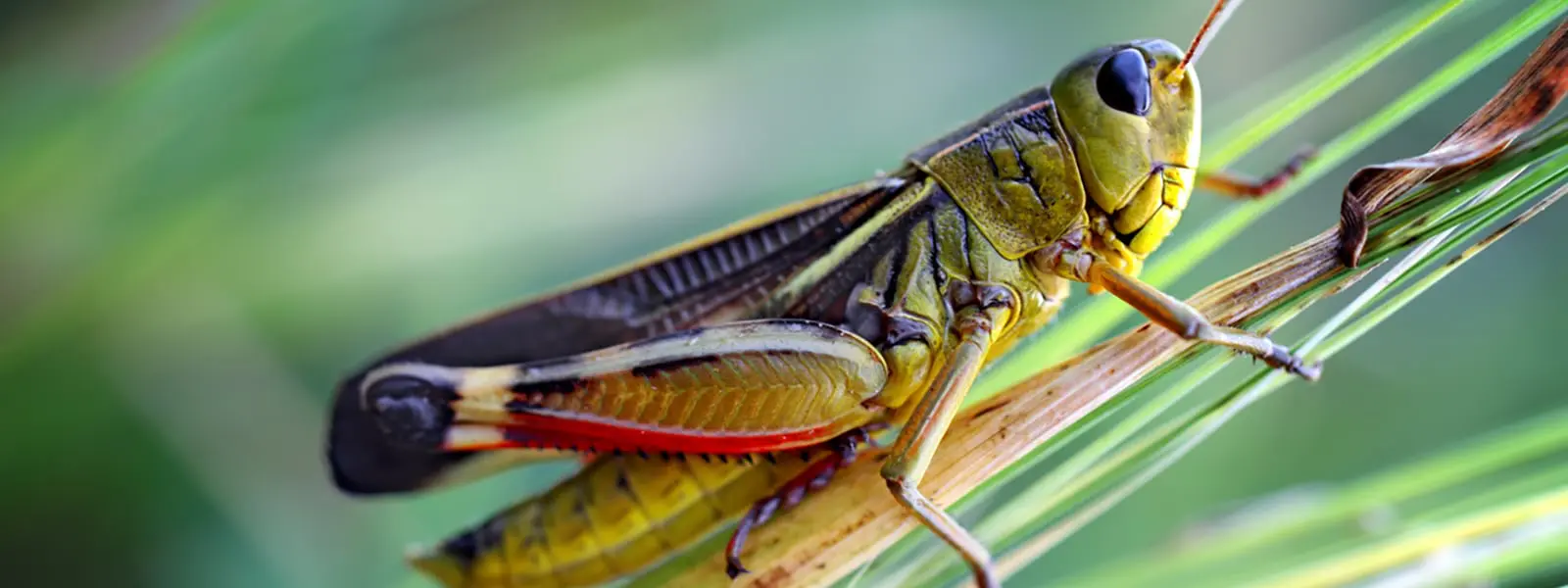What are Crickets?
Crickets are the small chirping insects that disturb you at night. The chirping is their mating call and how they find a mate. According to statistics, there are approximately 900 known species of this insect across the globe. There are three prominent species of cricket and they include the: house cricket, field cricket and ground cricket. This insect is considered a nuisance pest.
This insect can be found in temperate climates and are located in gardens, inside houses and meadows. When crickets are found in the home, they are seen as a pest because their high chirping noise can disturb man and they can also cause damage.
Crickets feed on organic material but when they are found in homes, they can feed on almost anything including food, clothes, wood, wrappers, and wallpaper. This means crickets can cause damage to any of the aforementioned material.
Additionally, their continuous chirping can result in disturbance and distraction, therefore making it difficult to focus on important tasks. Chirping can be heard most often at night when we are trying to sleep. If you have an infestation in the walls, you can hear chirping non-stop.
Do I have a Cricket problem?
- Try to locate the cricket. Move around the house listening. If the cricket stops chirping you are close. You’ll have to wait for it to start chirping again so stand still.
- Move from one room to another room listening carefully to hear where the chirping is coming from. Pay attention to the appliances and furniture in the house because they can hide underneath.
- Position the glass over the cricket and cover the insect with the glass. Don’t make a jerky movement to prevent the cricket from jumping away. Place the glass over the cricket. Slide the sheet of paper underneath and then you can take the cricket outside.
If you cannot locate the cricket it is most likely inside the walls. Most often crickets will enter the wall through the J molding on a stucco home. If you walk around the outside of your home you may see cricket droppings below the J molding. If you have an infestation call us to treat the walls and potentially seal up the home.







